Today we took a ride out to the village of Lacock, which is situated near Chippenham, about 24 kilometres from Bath.
Lacock is a National Trust property which includes Lacock Abbey, the estate and most of the village. It also includes the Fox Talbot museum.
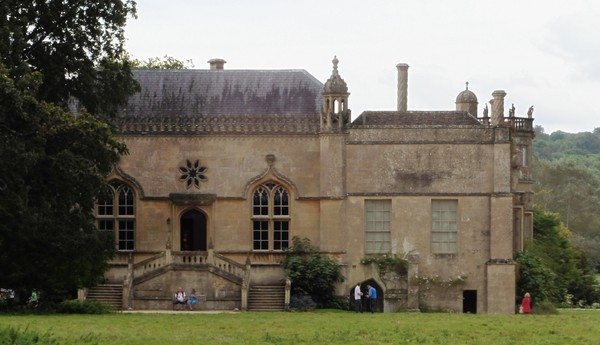
Lacock Abbey was founded in 1232 by Lady Ela, the Countess of Salisbury and the manor, estate and village were all owned by the abbey. During the Middle Ages a woollen industry thrived in the area and Lacock was a successful market town. Lacock Abbey was situated near the only fords on the river Avon so it became a stopping point for merchants.
During the dissolution of the monasteries by Henry VIII, the Abbey, estate, and the village were sold to William Sharington, who converted the abbey for family use. Eventually Lacock passed into the Talbot family by marriage. In 1944 the 284 acre estate, Abbey and village was given to the National Trust by Matilda Talbot.
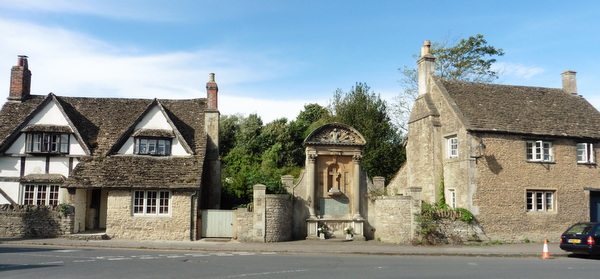
In the village of Lacock most of the houses date from 18th century or earlier. Walking around the village is like stepping back in time with a mixture of old stone and black and white Tudor style buildings.
Turnspit Dogs
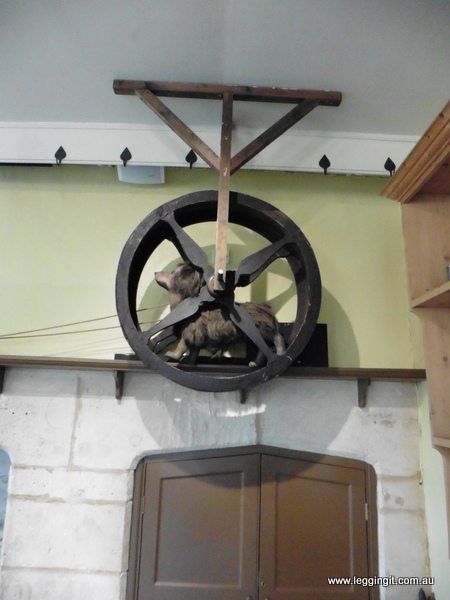
We stopped off at the George Inn, one of the two local inns where we discovered a dog powered rotisserie.
Back in time small dogs were put into a large mouse wheel and as they ran the rotisserie rotated. In many other places this was the job of a small child but around Bath dogs were specially bred for the task. They became known as “Turnspit Dogs”. In some places two dogs were kept with one working whilst the other rested. The treatment of some Turnspit dogs was pretty harsh with red hot pokers stuck in their behinds if they slowed down. It’s where the term “it’s a dogs life” comes from. They were also taken out of the house, on cold wintery days to be used as foot warmers, in church and many dog fights broke out in the congregation. The treatment of Turnspit dogs supposedly prompted the creation of the Society for the Prevention of Cruelty to Animals.
These days the Turnspit breed is extinct and their story goes pretty much untold.
Lacock Village
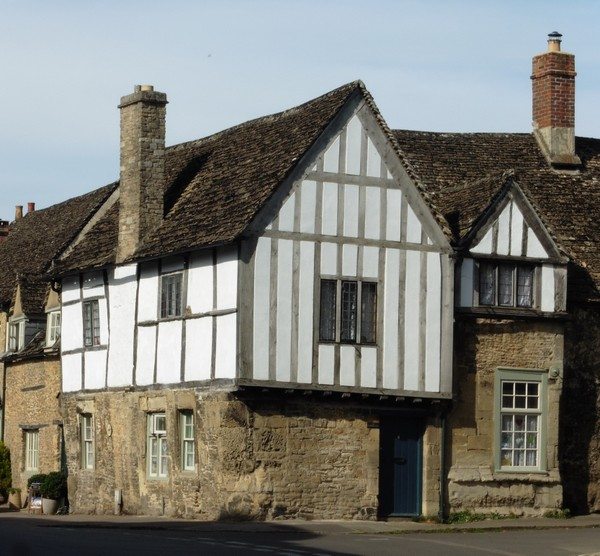
Around the village of Lacock, the locals have made the most out of its quaintness with many villagers selling homemade crafts and souvenirs. In the village is a tithe barn, from the 14th century, an inn dating from the 15th century, an 18th century lock-up and the medieval St Cyriac’s Church.
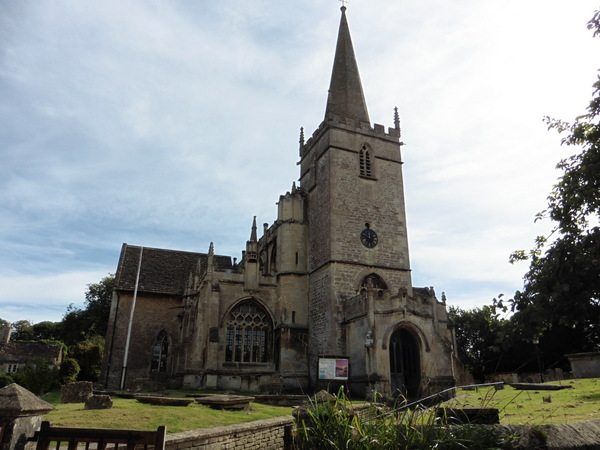
The St Cyriac’s Church dates from the late 11th century but was rebuilt in the 14th and 15th century with later additions and modifications. It is home to the Lacock Cup, a 15th century feasting cup made from silver. The cup is one of the only surviving specimens of this type of chalice as it was probably hidden during the English reformation.
The Lacock cup has been on display in the British Museum since 1962. It was sold in 2014 to the British museum to pay for repairs to the church. It set the British museum back £1.3 million however at the time it was said to be worth £1.8 million.
On display at St Cyriac’s is a family monument known as the Baynard Brass. It dates from 1501 and is a slab decorated with brass depictions of Robert Baynard, his wife Elizabeth and their eighteen children. Robert is depicted in armour with a tabard whilst Elizabeth and the daughters wear kennel headdresses. One of the sons is depicted as a priest.
St Cyriac’s was the site of the 2006 wedding of Harry Lopes to Laura Parker Bowles the daughter of Camilla Parker Bowles, Duchess of Cornwall.
The church proudly displays the photos of the happy couple along with the royal guests, princes Charles, Harry, and William with their respective spouses and girlfriends.
Lacock Abbey

After wandering around Lacock it was time to visit the Abbey. Lacock Abbey is a lovely square building set back from the road with trees at the side and behind framing it. Built from a lovely honey coloured brick it gives the impression of a very palatial English mansion. It’s one of those places where you could imagine people playing croquet on the lawn. Unlike a lot of Georgian mansions around the area Lacock Abbey doesn’t have the symmetry of design. The front of the mansion, has a square front with bay windows of unequal size and a hexagonal tower on one corner. The front entry is through a door without the palatial features of later times. The entry is actually these days used as an exit down a large stone staircase. On the far side the mansion is all gable ended. It really is a fascinating mix.
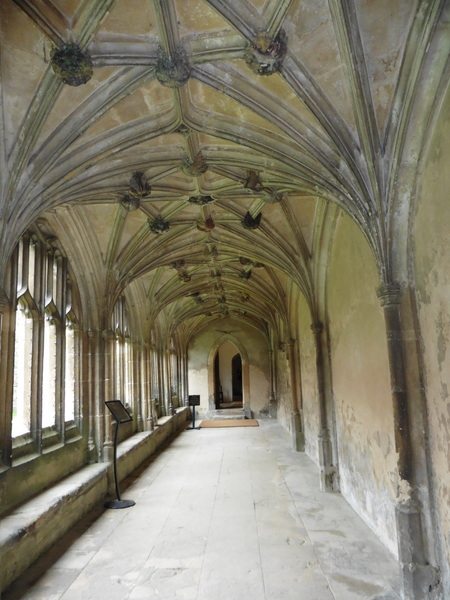
Entering through the front door we soon realised that the mansion wasn’t square at all for the door led into a cloister. In rooms within the cloister there are paintings on the plastered wall dating back to the 13th century.
Harry Potter
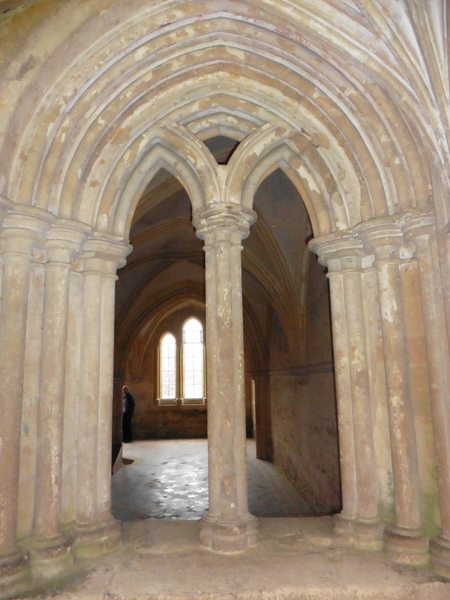
Lacock has been the site of a few films such as Pride and Prejudice, Harry Potter and the Half Blood Prince, Harry Potter and the Philosophers Stone, the BBC series Hollow Crown: War of the Roses, and Downton Abbey. A few signs pointed to where different scenes especially from Harry Potter were filmed within the passageway and rooms attached to the cloister.
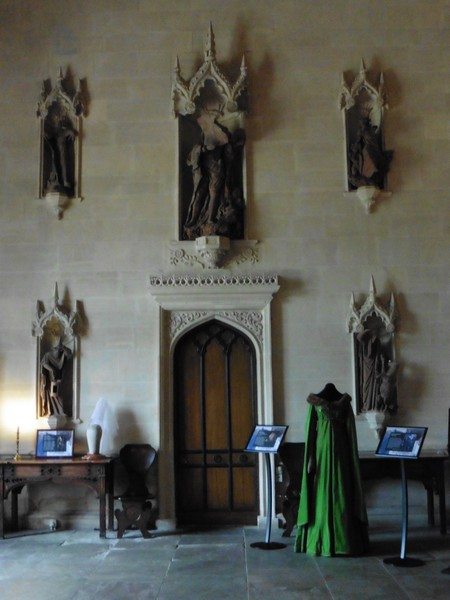
It was quite fascinating. As we explored the upper floors of the former abbey we compared what the abbey was like before and after conversion to a mansion. We also learnt what life was like for the religious order in the abbey. The Augustinian nuns rose early for prayer then spent the day working in the garden, house or in the village, existing on one meal per day.
On the rear of the abbey William Sharrington built another courtyard with buildings surrounding it housing a brewhouse, stables, bakehouse, tack room and potato store room. Built in Tudor style the buildings all were protected by high walls. During the English Civil War the house was fortified and only surrendered to parliamentary troops once the nearby town of Devizes fell.
William Henry Fox Talbot
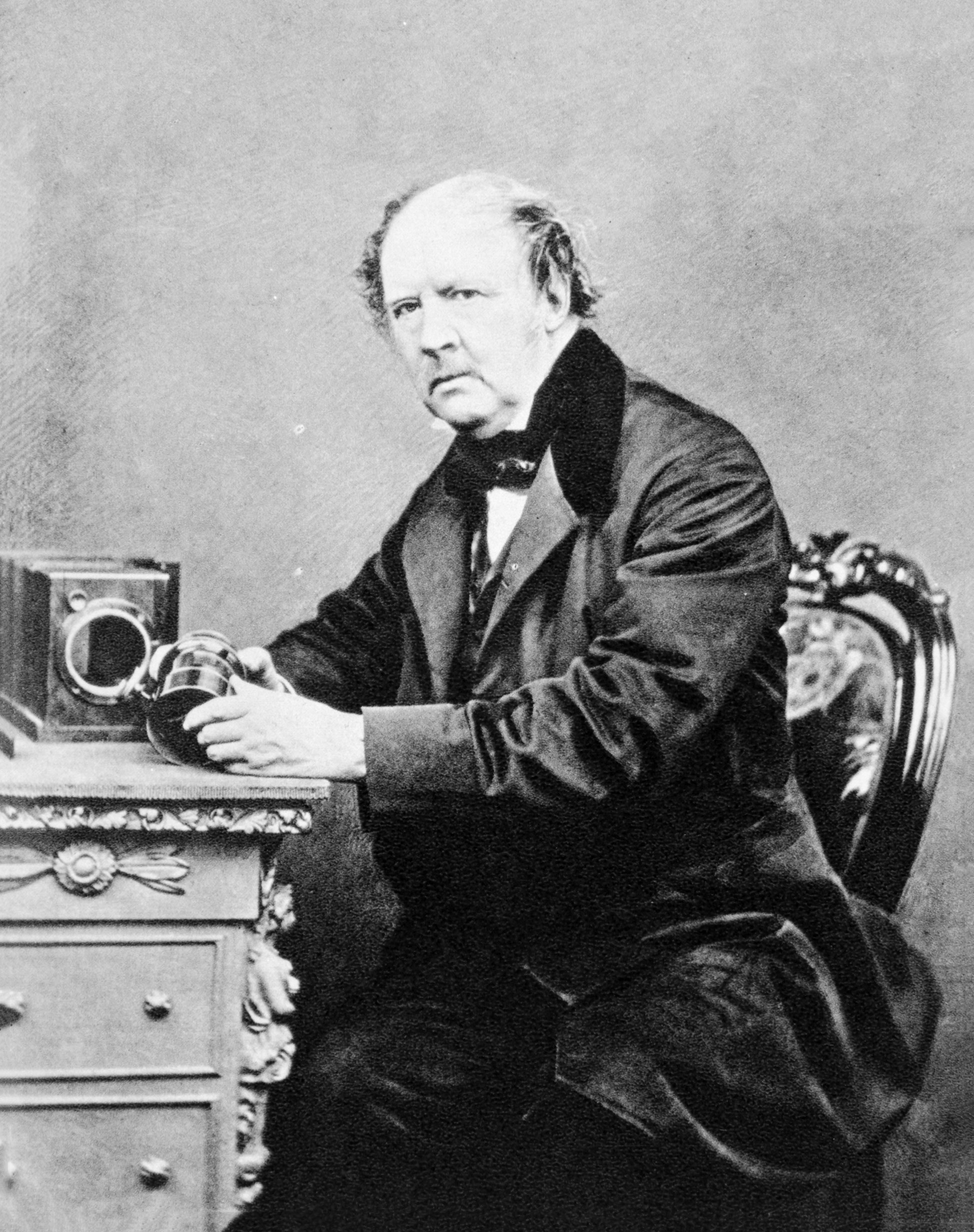
One of the most famous people to live in the abbey was William Henry Fox Talbot, the inventor of the negative process of photography.
William Henry Fox Talbot was a scientist, mathematician, and inventor during a time of great discovery. In the dining room a table is set with plates. On the plates are the names and biographies of his circle of friends. Sir Charles Wheatstone, Sir William Snow Harris, William Whewell, Charles Babbage, Sir David Brewster, and Peter Mark Roget. They were the leading figures associated with the establishment of the British Association for the Advancement of Science.
Among the qualifications of his friends were scientist, astronomer, mathematicians, inventor, philosopher, historian, theologian, electrical researcher, physician, and lexicographer. Between them they researched all sorts of sciences which led to the invention of photographic process, lightning conductors, 3 dimensional viewer and 3 D drawings the first mechanical computer, and Roget’s thesaurus among other things.
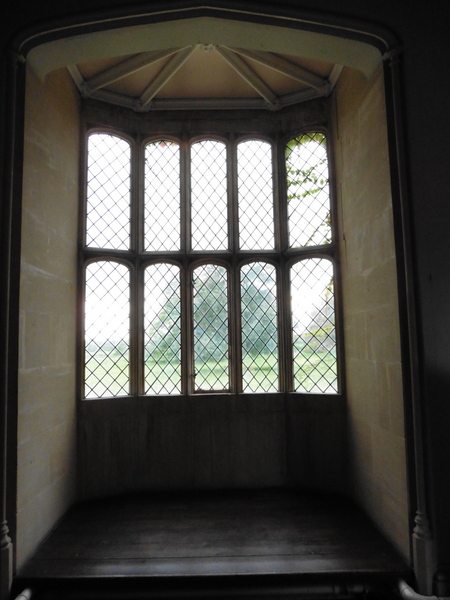
In 1835 in one of the front rooms of the abbey mansion Henry was able to photograph a window. For four years Henry kept quiet about inventing his photographic negative paper method.
In the meantime Frenchman Louis Daguerre sold his alternative to he French government in 1839. It was a photograph on a silver plate which became known as the Daguerreotype. However the Daguerreotype couldn’t be reproduced whereas Henry’s could.
Henry quickly released his photographic method which still remains relevant today. In the Fox Talbot Museum, attached to the National Trust ticket offices an exhibition of Henry Fox Talbot’s work is on display.
Fox Talbot Museum
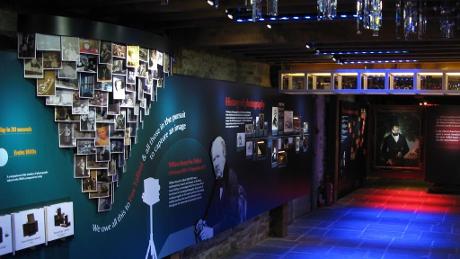
At the Fox Talbot Museum a timeline lays out the discovery of photography through to digital age. There’s all sorts of exhibits from the early days including cameras in all shapes and sizes. It also told the story how Henry established a photographic shop but at times struggled because for some reason many people preferred daguerrotypes. In the twentieth century Talbots method became the more popular as exposure times reduced due to continued developments.
Drawn To The Land

In the upper floor of the Fox Talbot Museum was an exhibition called “Drawn to the Land” by artist Sophie Gerrard. The photographic exhibition featured six women farmers from different parts of Scotland from the island of Eigg to Argyll. Attached to the photos were stories how the women had returned to farming. It was quite a stirring collection featuring fabulous landscapes, farm animals and nature with all it’s seasons.
Discovery Trail
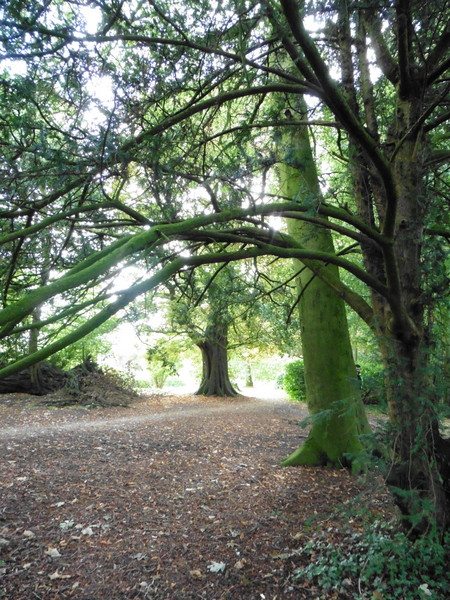
At the rear of the Abbey Mansion a kids discovery trail winds through exotic trees planted by Henry Fox Talbot. Along the trail magnifying lenses are set into posts for junior explorers to see leaves close up. There were also a camera, kaleidoscope, and telescope for kids to investigate.
Rain started to fall as we headed for the bike so instead we headed to the Red Lion Inn, a lovely red brick Georgian inn for lunch.
The rain lifted during lunch but with the weather still threatening we decided to head for home. Tomorrow we will be exploring Court Gardens in Holt and nearby Great Chalfield Hall. Weather permitting.
Entry to Lacock Abbey is £12.20 (free for National Trust members) opening hours can be found here
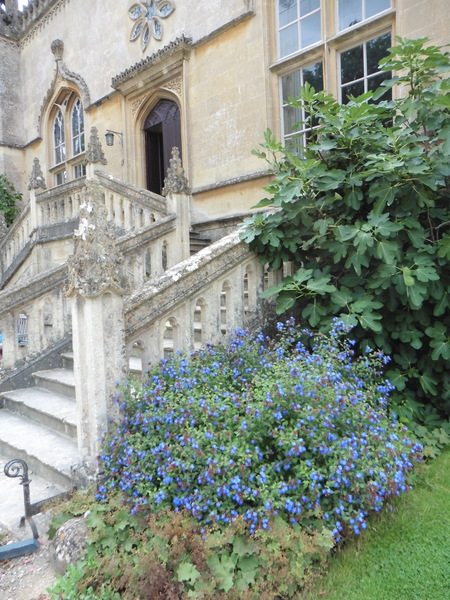

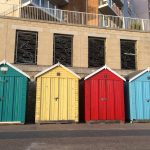
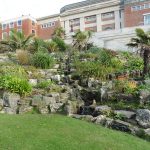
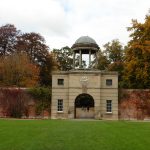
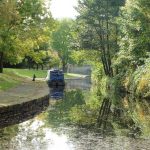
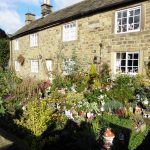
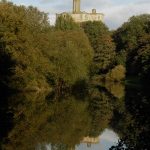
So I many be one of the few people in the world that has not seen or read Harry Potter. Still the town looks so cute. I love the old Tudor style buildings and the architecture of the abbey. Thanks for sharing on #TheWeeklyPostcard
Even withoutt he Harry Potter connection it has a lot to offer and explore
Ron I am so enjoying travelling along with you and Michele, on your tales through UK. I simply must get there one day, the areas you are visiting are so inspiring.
Thanks Lyn we really feel we are just touching the surface there is so much to do and see here…I am not sure we could do it in a lifetime
Lacock looks amazing! I could recognize some of the Abbey pictures as the Harry Potter´s filming locations! It all looks magical! Thanks for sharing! #TheWeeklyPostcard
It was fun trying to search them all out 🙂
What a great place to visit. The village seems quaint and locked in the past while the Abbey is just beautiful!
It was definitely like stepping back in time
What a wonderful read! I love your writing style, your research and your clear enthusiasm. Really glad I stumbled across your blog! Even better, we decided only yesterday that we would pay a visit to this part of England during our Easter holidays – since Mrs Daisy the Bus is a huge Harry Potter fan, I think we will have to pay Lacock Abbey a visit when we do. Cheers! #TheWeeklyPostcard
I hope Daisy enjoys it there are lots of Harry spots to enjoy 🙂
I’m from England and I’ve been to Bath but I have never heard of Lacock and I LOVE it! I like your interesting details – the“Turnspit Dogs” for example: I just love that kind of thing (the history I mean, not dogs turning a spit for me!). I really miss half-timbered buildings like the ones here as there just aren’t any in Ireland. Thanks for the recommendation, I will certainly be adding this to my list. Oh how I miss the National Trust.
Glad to hear we have inspired you to visit.I thought that Ireland had National Trust so i have learnt something too.
That information about the Turnspit Dogs is very interesting What a sad life they led. I enjoyed all your photos of Lacock. It’s such a picturesque town.
Yes it is a sad life they led poor wee things many animals are used in sad ways around the world